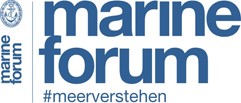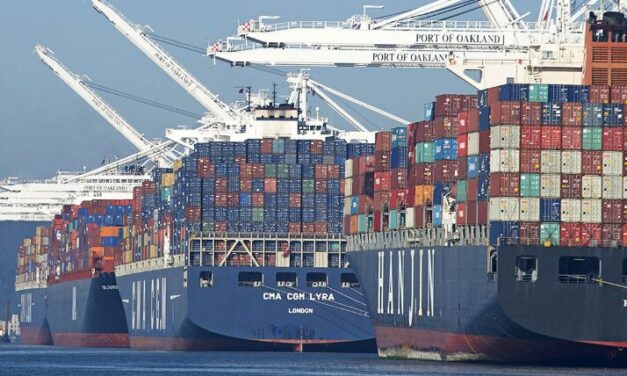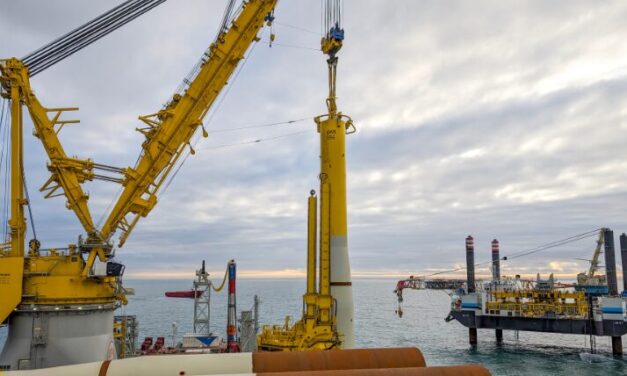German Federal Council President visits general contractor for the F126 naval armaments project
Manuela Schwesig, Minister President of Mecklenburg-Vorpommern, visited the Dutch naval shipyard Damen Naval in Vlissingen on 11 March 2024 as part of a delegation trip by the German Federal Council. She was informed about the maritime industry in the Netherlands and German-Dutch cooperation in the field of shipbuilding and defence technology. She paid particular attention to the F 126 project. The Peene shipyard in Wolgast, one of the three shipyards where the future German Navy frigates will be built, is located in her federal state. According to Damen Naval's press release, Mrs Schwesig was very interested in everything she got to see in Vlissingen. "We are delighted...
Weiterlesen






Recent Comments